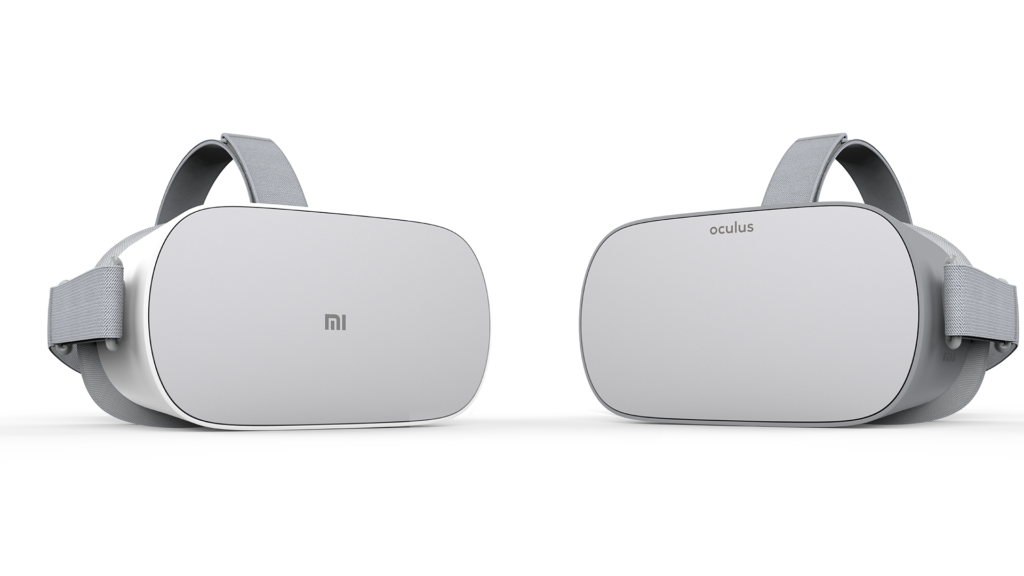In early 2017, Hugo Barra announced that he was leaving Xiaomi to join Facebook in a move that very few knew would bear results for the Chinese company.
At the CES 2018, Barra made a surprise announcement that the social networking giant has joined hands with Xiaomi to launch the Oculus Go globally. In addition to Oculus Go, the two companies are also working together to unveil a Chinese-specific standalone VR headset dubbed Xiaomi Mi VR. If anything, the only major difference between these two is the name, otherwise, the Mi VR has the same design and functionality as the Oculus Go.
Oculus Go is nothing new to tech enthusiasts. Facebook already made it public back in October 2017, but it had yet to begin shipping. Following this announcement, it’s evident that Xiaomi will be in charge of manufacturing the Oculus Go for most, if not all, of the world. The Oculus Go works without a computer and it doesn’t need any of those costly smartphones either. To make it even better, it costs just $199.
Even though both Xiaomi Mi VR Standalone and Oculus Go have Qualcomm Snapdragon 821 chipsets under the hood, they have different interfaces and SDKs. Where the former features the Mi VR SDK, the latter has the Oculus Platform SDK. Other than this, both have the same WQHD LCD display screen and they run all Gear VR titles, which also means you don’t need a Samsung Galaxy phone to enjoy Gear VR content.













Discussion